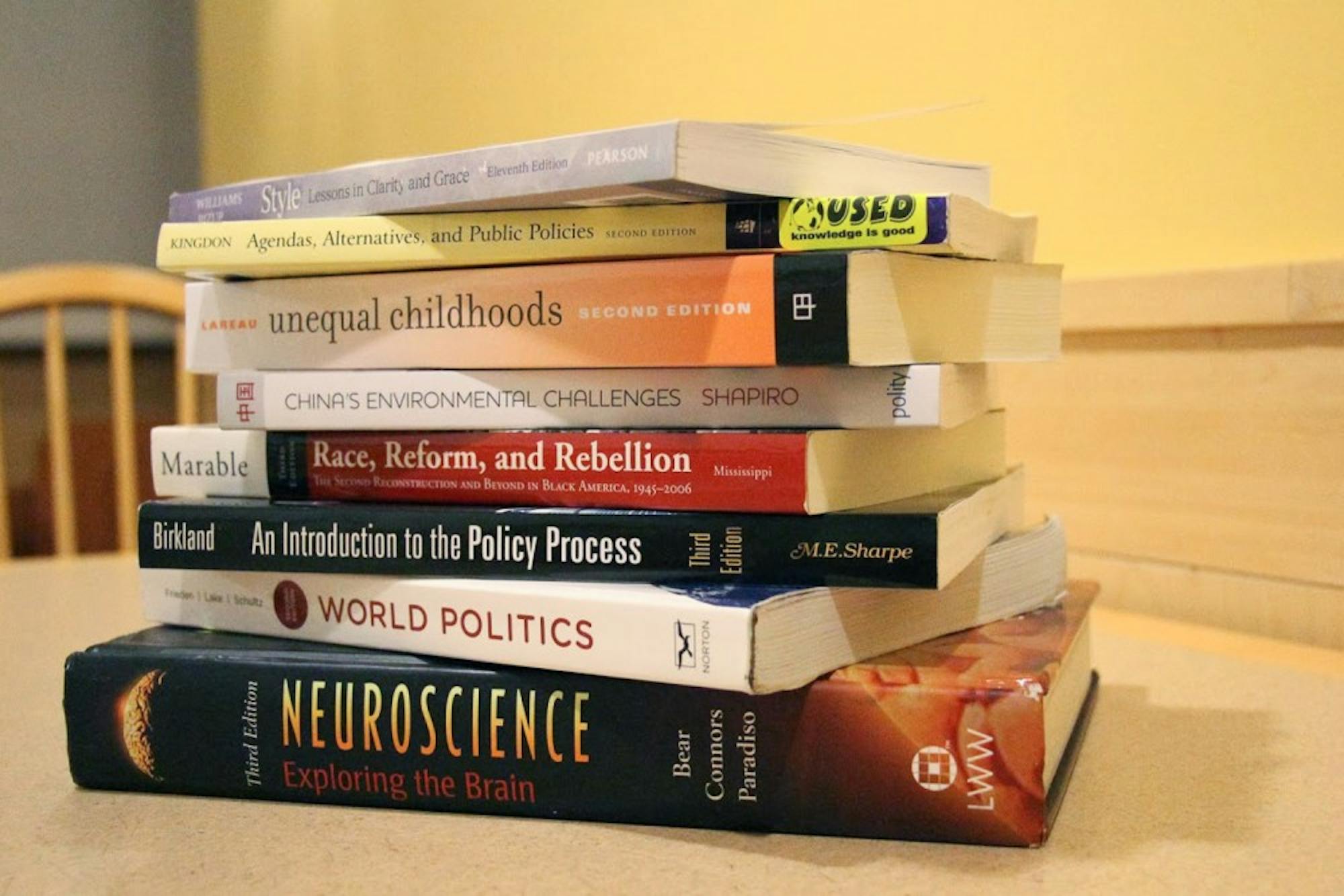The College’s libraries will grow its collection of online texts and expand its electronic resource offerings in a campaign to diversify its collection of roughly 639,000 e-books. The initiative, which will also focus on digitizing pictures and texts, follows a fall 2012 pilot program.
Digital library intern Taylor Hornig ’13 said the digitization initiatives target primarily non-text materials.
“One of the most important things we do is create digital versions of unique, difficult-to-access items that often aren’t books at all,” Hornig said. “Their digital versions are a lot more convenient for a student or researcher to use than their print versions.”
Maps, music, posters and lectures are among the non-text materials included in the library’s digital collections.
The College is a member of various consortia and virtual libraries that offer additional online resources.
Associate librarian for information management David Seaman said that the push to acquire electronic versions of books and journals results in part from their accessibility, but also because some publishers provide exclusively electronic versions of certain books and journals. In many subject areas, particularly the sciences, e-books and electronic journals are often the default or the only available form of publication, he said.
Expanding the College’s collections of electronic resources is one way of increasing their availability to students, faculty and staff.
Digital resources and scholarly communication programs director Barbara DeFelice said she believes not many students utilize the library’s search system to sort through Dartmouth’s e-book collection.
“People may not be aware that we handle the licensing and availability of electronic books much in the same way that we do for print books,” DeFelice said.
Akash Kar ’16 and Kush Desai ’17 both said they use the library’s online collection frequently for research and academic reading.
Desai, a Kindle user, said he is very familiar with the library’s electronic resources.
“I find e-books incredibly convenient, and usually use them whenever possible in lieu of paper,” he said.
The library’s electronic collection also allows the College to overcome the limits of shelf space, which is struggling to accommodate a collection of 2.65 million print books.
When librarians identify a print book in their collections that is also available electronically, they move the hard copy into off-campus storage, Seaman said.
“Books simply take up a lot of space,” he said.
Some students, however, still use physical books.
“There’s something about the physical text being in my hands, feeling the actual page I’m reading between my fingers, the satisfaction at closing a text when I’m finished with it, that cannot be replicated by holding a pad in my hands,” Kevin Zhang ’16 said.




